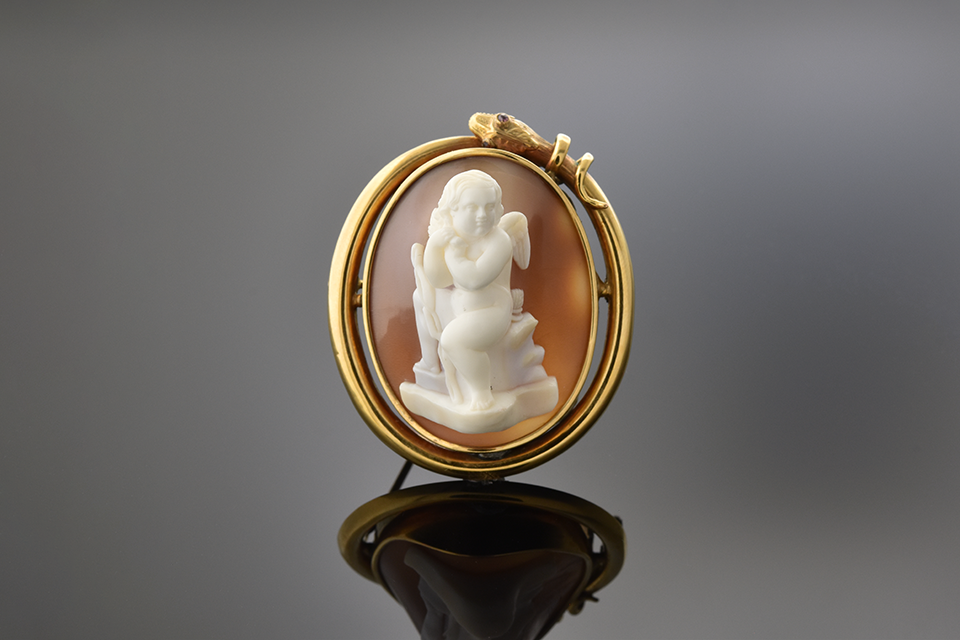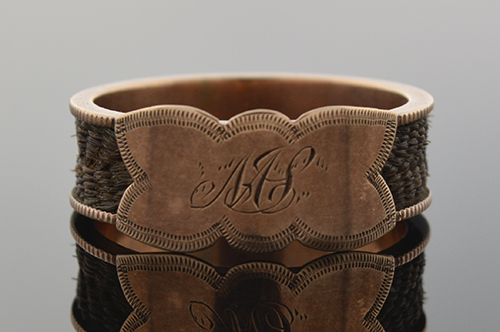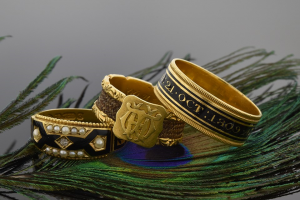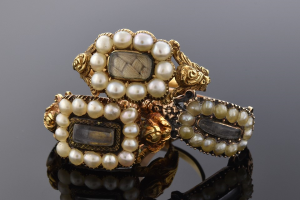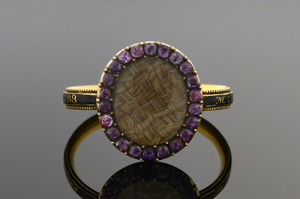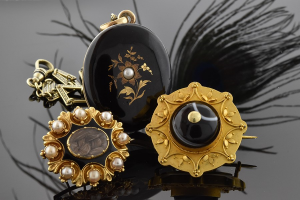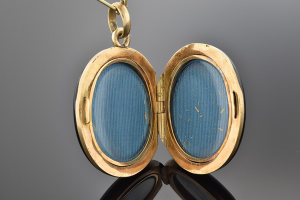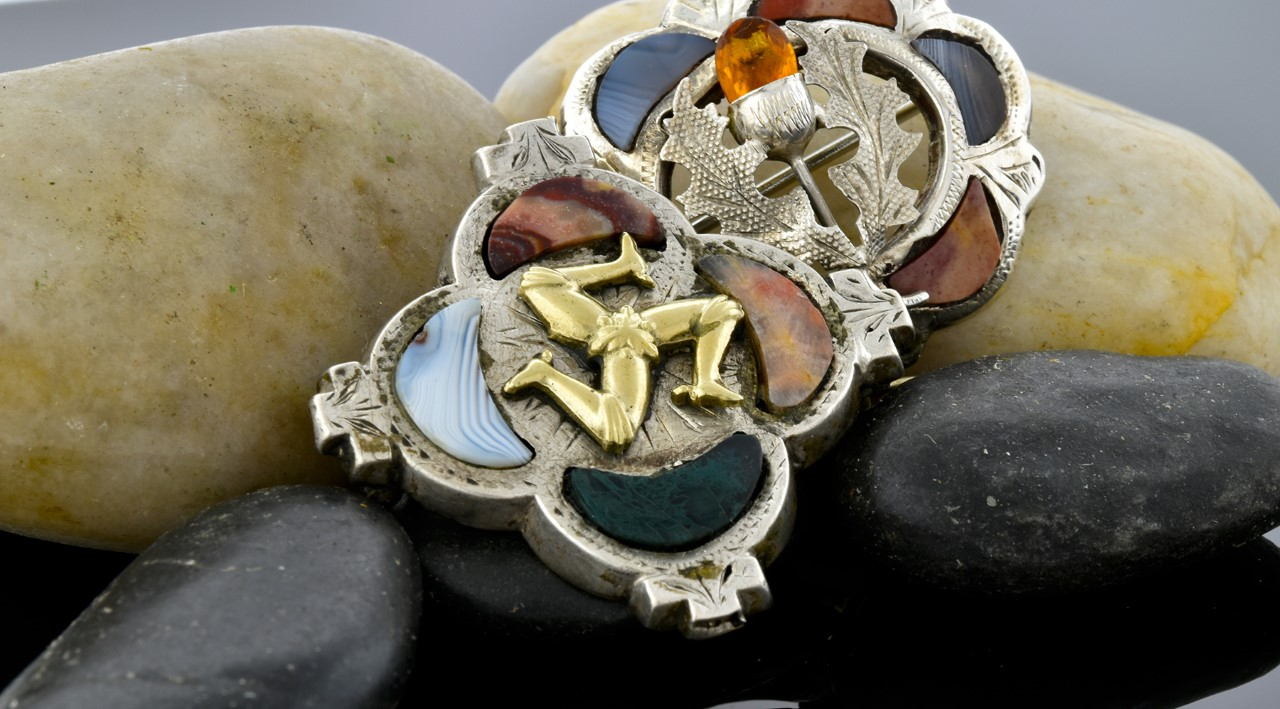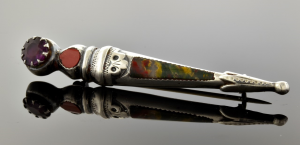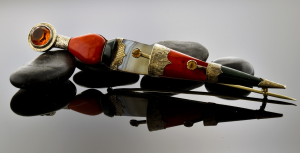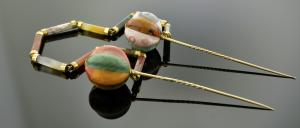Joden Girl
Baubles, Bling, and Sculpted Things
Thoughts of antique jewelry often evoke images of carved cameo brooches and vintage lace collars. As far back as the 3rd century B.C., artisans have been etching faces and figures onto the surface of an abundance of materials – shell, agate, coral, lava, gemstones, bone or ivory, and even glass. At Joden, we have an extensive collection of fine cameos… we recently added the rare beauty shown above.
It’s an intricate miniature sculpture of Cupid, complete with his bow and quiver. The cameo is fully surrounded by a coiled snake frame. Cupid is the god of desire, erotic love, attraction, and affection… while a coiled snake is a symbol of eternity. The brooch clearly embodies everlasting love.
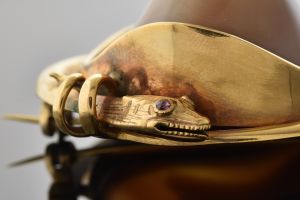
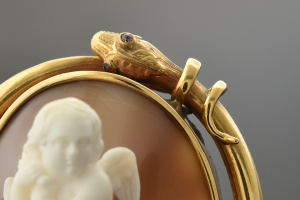
Many people mistakenly believe that cameos are made in two separate pieces, a carved figure adhered to the surface of a contrasting colored shell or stone. Actually, they are carved from one singular stone that grows in layers of color like the ones shown here. The artisan exploits the variances in color to create visual interest.
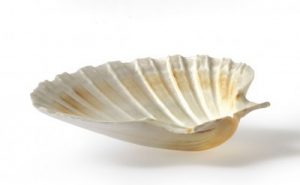
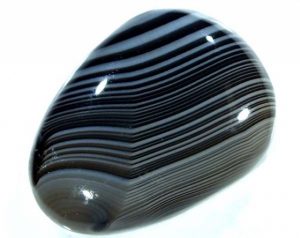
It is perhaps the most rare shell cameo we have ever owned. Not only is it rich with symbolism, but the carving itself is quite remarkable. Seen in profile, the cameo measures nearly 1.5 inches from the base of the shell to the expanse of Cupid’s forehead.
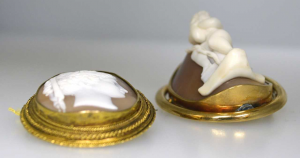
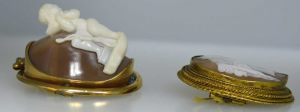
Look at it side by side with a more ordinary shell cameo – the Cupid piece displays ultra high relief. The shell used to carve this extraordinary piece would have had to be incredibly large as well as thick to achieve this level of height in the sculpture itself. Truly remarkable. It’s available in our showroom for just $2500.00.
Come to Joden, where after 48 years, our motto continues to hold true…
“You can go to a museum and look, or you can come to Joden and touch.”
Written by Carrie Martin
Photos by Shelly Isacco

